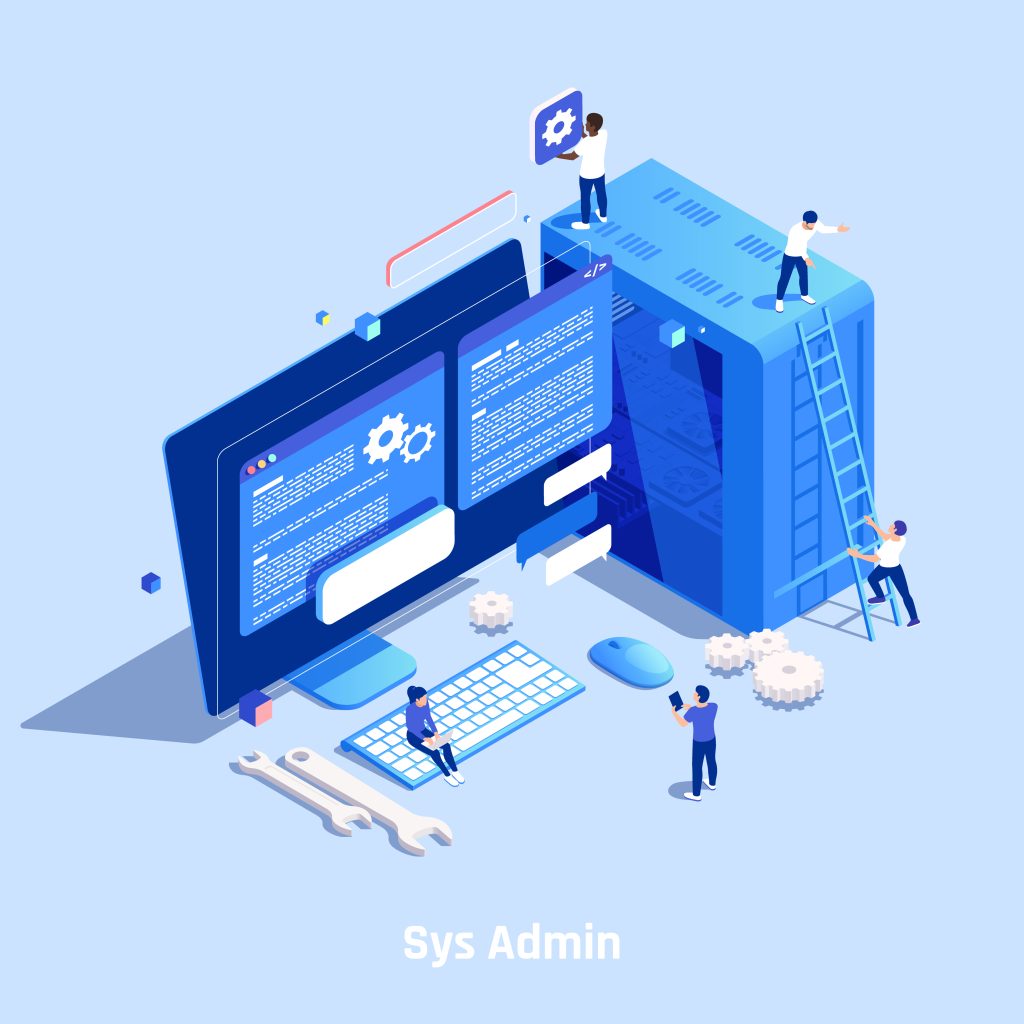Choosing the Wrong Architecture Can Break Your SaaS Before It Scales

Every SaaS product starts with a choice—how will it be built? Pick the wrong architecture, and you’ll be stuck with slow performance, scalability nightmares, and painful refactoring down the line. Get it right, and your software will grow effortlessly with demand.
The two most debated architectures in SaaS development are Monolithic and Microservices. Both have advantages, and both can be the right choice—depending on your startup’s growth goals, team structure, and scalability needs.
So, which one should you choose? Let’s break it down.
What is a Monolithic Architecture?
A monolithic application is a single, unified codebase where all components—UI, database, and business logic—are tightly connected.
Example: Think of a traditional SaaS app where everything (authentication, payments, dashboard, analytics) is in one massive codebase and runs as a single service.
Advantages of Monolithic Architecture
- Simpler to Build & Deploy – Ideal for startups launching their Minimum Viable Product (MVP) quickly.
- Easier Development & Debugging – With everything in one place, it’s easier to manage.
- Better Performance (Initially) – Since there’s no need for inter-service communication, response times can be faster.
- Lower Infrastructure Costs – You don’t need multiple instances or complex cloud setups.
Disadvantages of Monolithic Architecture
- Harder to Scale – As your SaaS grows, a monolithic structure can slow down due to bottlenecks and single points of failure.
- Tough to Maintain & Update – A small change in one part of the system can break the entire application.
- Limited Tech Stack Flexibility – You’re often locked into a single framework, making it harder to introduce new technologies later.
Best for: Early-stage startups, MVPs, small teams, and products with simple workflows that don’t need extreme scalability.
What is Microservices Architecture?
A microservices architecture breaks an application into independent services, each handling a specific function (e.g., user authentication, payments, notifications). These services communicate via APIs, making them modular and scalable.
Example: Netflix and Uber use microservices, where different parts of the platform (user profiles, streaming, recommendations, billing) run as separate services, allowing them to scale independently.
Advantages of Microservices Architecture
- Highly Scalable – You can scale individual services independently based on demand
- Better Fault Isolation: If one microservice (e.g., payments) fails, the rest of the application remains functional.
- Faster Feature Development – Teams can work on separate services without stepping on each other’s code.
- Tech Stack Flexibility – Different microservices can be built using different programming languages and databases, giving you maximum flexibility.
Disadvantages of Microservices Architecture
- More Complex to Develop & Deploy – Managing multiple services requires a strong DevOps team and cloud infrastructure.
- Higher Latency – Services must communicate over APIs, which can slow down responses if not optimized.
- More Expensive – Running multiple microservices requires more cloud resources and monitoring tools, increasing costs.
Best for: Growing SaaS companies, enterprise-level products, and platforms requiring high scalability, performance, and flexibility.
Monolithic vs. Microservices: Key Differences
| Feature | Monolithic Architecture | Microservices Architecture |
| Development Complexity | Simple | Complex |
| Scalability | Limited | Highly Scalable |
| Deployment Speed | Fast | Slower |
| Maintenance | Becomes harder as it grows | Easier with modular services |
| Performance | Faster initially | Can have API latency |
| Tech Stack Flexibility | Limited | High |
| Failure Impact | One bug can crash the app | Isolated failures |
When Should You Choose Monolithic Architecture?
- When you’re launching an MVP – A monolith is faster to build, deploy, and validate.
- If you have a small team – Microservices require a dedicated DevOps team to manage infrastructure.
- When your SaaS isn’t complex yet – Simple applications don’t need microservices overhead.
Example: A small SaaS startup launching a project management tool with limited features should start with a monolith for speed and simplicity.
When Should You Choose Microservices Architecture?
- You’re scaling fast – When your SaaS reaches thousands (or millions) of users, microservices prevent bottlenecks.
- You have a large development team – Teams can work on independent services without conflicts.
- When uptime is critical – Microservices isolate failures, preventing system-wide crashes.
Example: A global e-commerce SaaS that handles millions of transactions needs microservices to manage scale, uptime, and service reliability.
Can You Start With a Monolith and Transition to Microservices?
Yes! Many successful SaaS companies start monolithic and migrate later when they outgrow their initial architecture.
Shopify originally used a monolithic architecture before transitioning some services to microservices.
Etsy moved to microservices to improve scalability after their platform grew exponentially.
A hybrid approach is also possible: starting with a monolith but slowly breaking off high-demand services (e.g., payments, and authentication) into separate microservices.
Final Verdict: Which One is Right for Your SaaS?
Go Monolithic If: You’re building an MVP, have a small team, and must launch fast.
Go Microservices If: You’re scaling rapidly, need flexibility, and have resources to manage complexity.
There’s no one-size-fits-all answer. The best approach is to align your architecture choice with your SaaS growth stage and long-term vision.
Before you make a decision, ask yourself:
Is my SaaS simple enough to be monolithic, or will I need scalability sooner than later?
The right choice now will determine how efficiently your SaaS scales in the future.
contact us at https://lnkd.in/gihWy6sk.